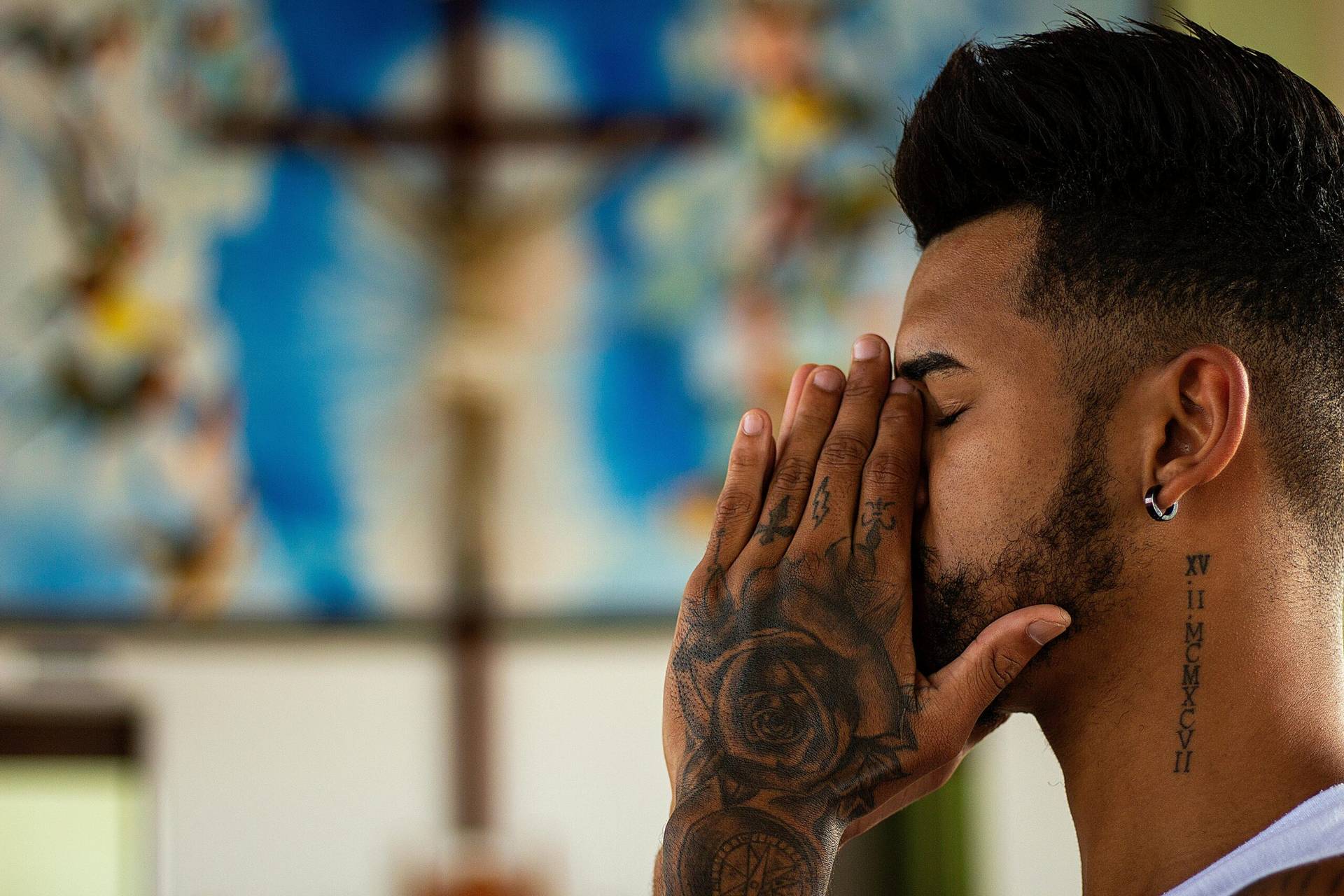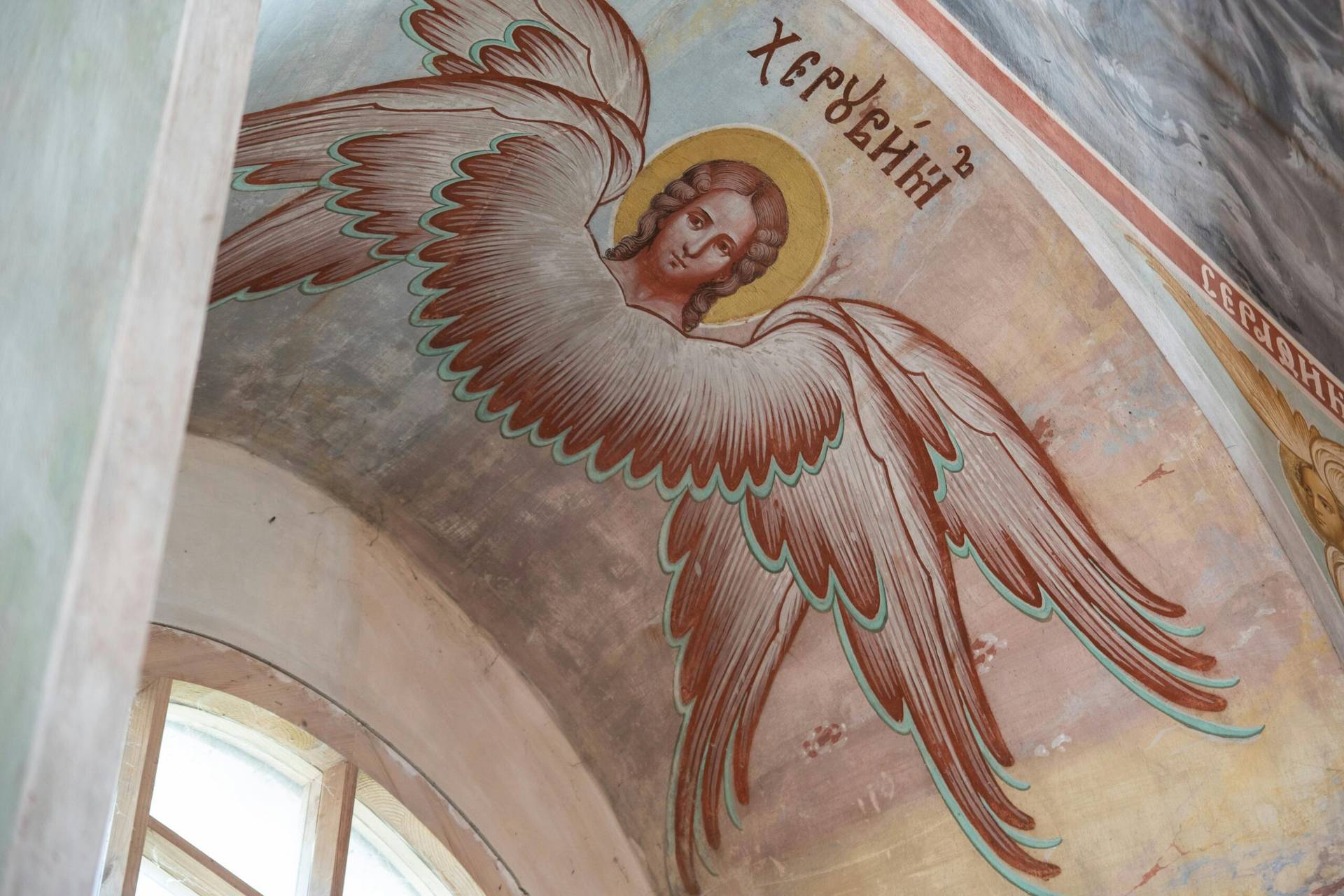Flying under the radar of the global church, a joint working group between the Catholic Church and the Serbian Orthodox Church met last week in Rome to air concerns about the role of Croatian Cardinal Alojzije Stepinac before, during and after World War II.
Creating the group was an initiative of Pope Francis, in response to complaints raised by the Serbian Orthodox Church about the canonization process for Stepinac. It’s composed of three bishops and two prominent historians from Croatia, and on the other side are four Serbian Orthodox bishops and the Serbian ambassador to UNESCO.
After the first meeting, the Holy See Press Office issued a communiqué that removed the doubts of the vast majority of the Croatian public, essentially saying that the working group has no effect on declaring Stepinac a saint. A few days later, the same sound bite was heard in the interview which current Archbishop of Zagreb, Cardinal Josip Bozanić, gave to the Vatican Radio.
Bozanić pointed out that the idea behind the working group is a common pursuit of truth, describing its first meeting as a high-level session which was open and cordial. The representatives of the Catholic Church are not afraid of the truth, he said, adding that in this specific case the truth is the only precondition for positive collaboration between two Churches.
Even a superficial look at the line-up reveals that apparently there are no historians on the Serbian part of the working group, which is quite illogical. If the purpose of the group is to examine the historical role of Stepinac, the absence of scientific arguments from the Serbian side can make the working group a fertile ground for ideology.
The first out of five meetings was orientational: the working methodology was clarified and approved, a timeline was set, and the members of the joint group defined the framework for each meeting. Except for Rome, which was the host city of the first meeting and will be the place of the closing session in July 2017, the working group will meet over the next 12 months in Croatia and Serbia.
The first checkpoint will be in Zagreb in October, where representatives of two Churches will discuss the role of Stepinac before 1941. After Zagreb, they will meet in Serbia to talk about the relationship between Stepinac and the Ustaša regime and also about his interventions in favor of the prosecuted and threatened.
Before the grand finale in Rome, the working group will meet in Croatia again to examine Stepinac as a ‘persona non grata’ in the years of Tito’s Communist regime.
The guarantee of reasoned debate and positive outcomes of the joint group is Father Bernard Ardura, the president of the Pontifical Committee for Historical Sciences, who presides over the meetings. He made it clear at the very beginning of the orientational meeting that he’ll insist on scientific discourse and facts.
The Catholic part of the working group greeted that with approval because they are in possession of more than 40,000 pages which contains testimonials from Stepinac’s contemporaries and people whose lives were rescued thanks to Stepinac’s intervention.
Unlike Croats, that’s for sure a stumbling block for the Serbian part of the joint group. Their arguments are still based on extorted statements and false testimonies heard at a politically-staged show trial in 1946 and ‘Magnum Crimen’ – a pamphlet first published in 1948 which mirrors the Yugoslavian Communist propaganda against Cardinal Stepinac.
That’s why father Ardura suggested that the Serbian part of the group can still intervene in a way to seek help from Serbian historians who would actually bring some arguments to the table.
The Serbians should seize this last opportunity to give some grounds for establishing this joint working group. Moreover, they are at great risk of betraying the pope’s trust, whose motives for initiating this group must be sought in his ecumenical mindset.
The Serbian Orthodox Church is on the move, and October is just around the corner.















